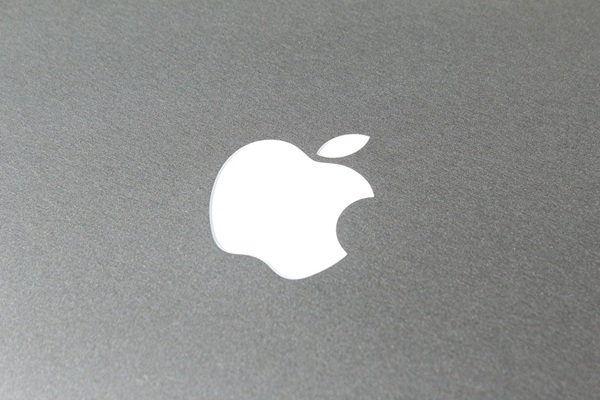Intro
Apple is one of the biggest tech companies in the world. Their iPhones,
MacBooks, and iPads are super popular and often seen as status symbols. But just
because something is trendy doesn’t mean it’s perfect. In fact, there are several
reasons why I—and maybe even you—might not be such a fan of Apple.
Apple Doesn't Want You to Fix Anything
Apple tries to block or at least discourage users from fixing their own
devices. They limit access to repair guides, tools, and parts. This practice is known as
fighting against the right to repair. Instead of fixing something,
Apple wants you to buy a whole new product—which leads to more electronic waste and
higher costs for consumers. It has to be said, that other companies are following this
practice as well.
Did you know?
In 2021, the U.S. government and multiple
states
launched investigations into Apple’s repair policies, arguing that consumers
have a right to fix their own devices.
Many Apple Devices Are Hard to Take Apart
Opening an Apple device isn’t always easy. You may need a special trilobular
screwdriver, and often times parts are glued or soldered in place. This means even
simple repairs, like replacing a battery or storage drive, can be more challenging.
Other tech companies use easy-to-remove parts, but Apple typically doesn’t.
Non User Replaceable Batteries
When your iPhone, iPad or Apple Watch battery dies—and it will—it’s not easy
for the consumer to swap it out. Apple makes it tough to replace batteries yourself,
which means you either pay them to fix it or buy a new device. Either way, it’s
expensive and not very eco-friendly.
Third-Party Repairs
Independent repair shops often have a hard time fixing Apple products
because they have trouble sourcing genuine Apple parts. When genuine parts that are
available, they are pricey or come in a bundle with other components you may not need.
There are 3rd party repair kits but prices are just as high. Many repair shops resort to
salvaged parts from other broken devices that are used for parts doners. That’s not
always reliable or sustainable, and it increases the risk of failure.
Circuit Boards
Apple doesn’t label the motherboard components. This makes it very hard
for technicians to figure out what’s wrong. Board level repairs simply aren't
possible. Other brands usually label everything to make repairs possible by a
skilled tech. This kind of design makes Apple devices more expensive to fix, as you
must replace the board. Again, Apple would rather you purchase a new device leading
to more e-Waste.
High Prices A.K.A. the “Apple Tax”
Apple products are often made overseas, mostly in China—though recently,
they’ve started moving production to countries like India and Vietnam. Even though
they’re made with affordable labor, the products are sold at very high prices to
maximize profits. Much of what you’re paying for is branding, not better tech. The term
"Apple Tax" refers to the extra money you pay just because it’s an
Apple product. Many times, the hardware inside an Apple computer is the same as what’s
inside a cheaper Windows PC. The Apple version costs more simply because of the
logo.
iOS Isn’t Really Unique
Apple’s iOS operating system is based on Unix, just like Linux. While
Apple has polished it well, it’s not as original as some fans believe. And it’s also so
locked down—meaning you can’t customize it like you can with Android.
Macs Can Get Viruses Too
Some people think Macs are immune to viruses, but that’s a myth. Any
computer can get viruses and malware. Macs get fewer attacks because fewer people use
them, not because they’re magically safer. As Macs grow in popularity, more virus
creators and hackers are starting to target them. The same is true of Linux.
In Conclusion
At the end of the day, Apple’s approach to design and repairs might not
be the right fit for everyone. If you care about things like repairability,
affordability, and open software, you might want to consider other options.
Companies like Framework, HP, Dell and Lenovomake it easier for users to upgrade and
fix their own devices—without paying the Apple premium.

 Royalty Free Pixabay Image
Royalty Free Pixabay Image
